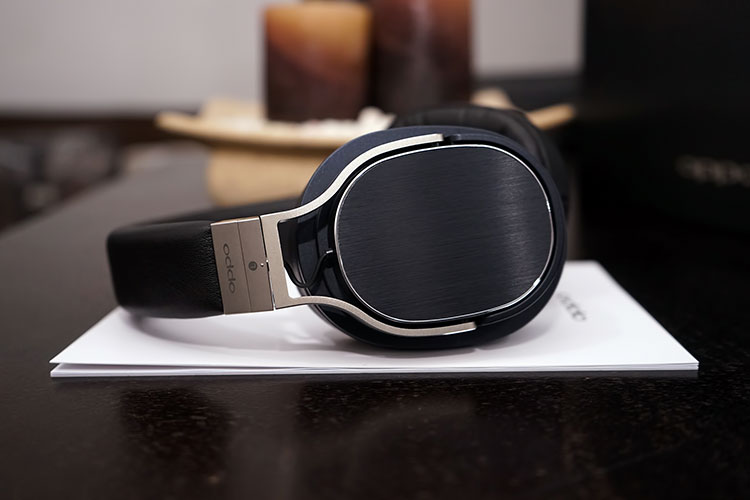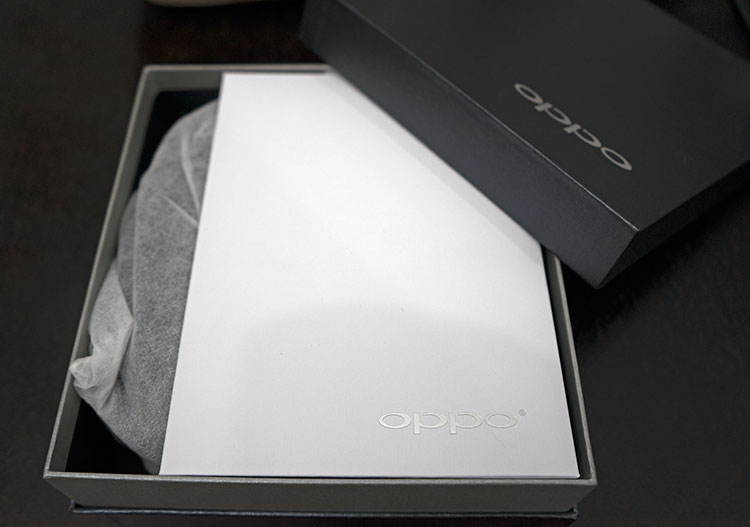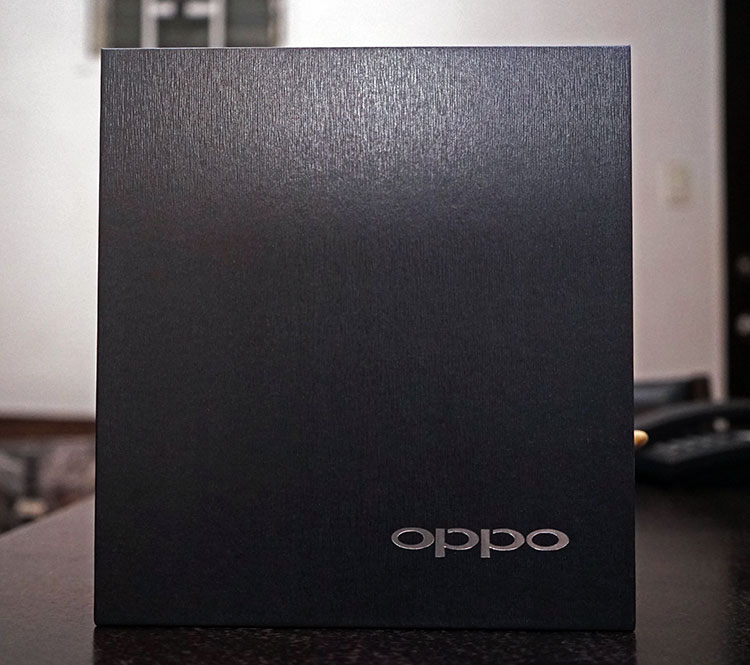Sound Impressions
Tonality
There is a delicious irony in the sound of the PM-3 compared to the more expensive PM-1 and PM-2. Initially, the PM-1/2 was described as having a populist or consumer type sound; all bass, mids, tapered top end, slow with a pleasant and boastful bottom end.
Various reworking in the pads has lifted that perception remarkably but it is still a bass-heavy signature. All that for $1000 and the audiophile flagship buyers turned their nose up at it a bit when comparing to say the Alpha Prime, Ether and upwards.
The irony is that at $399 the PM-3 is all about a more consumer-orientated package with its portable mic/remote, colors in white and lower price but this time we have a sound signature that is far more endearing to the budding audiophile in terms of balance and perceived neutrality. You would kind of expect this new signature to be the expensive one and the bassy signature to the cheaper one going by stereotypes. That goes back to my thoughts about the silliness that is the perceived price of sound but maybe that thought is best kept for another article.
Hello Nad…
My standard flag bearing closed portable headphone for referencing to date has been the NAD HP-50 with all its balanced and relatively flat sensibilities. In fact so much so I pretty much dumped all other portable cans outside of the fun and durable Aiaiai range. Customs normally do the job very well indeed for on the go portable sound quality and most portable cans have fit, coloring or power driving issues in one form or another to make it a must-have in my bag.
The tonality of the PM-3 is not quite as flat as the HP-50 though but I actually think it’s a little bit more neutral sounding and cleaner. Mids are a bit more forward, vocal presence is cleaner and smoother on the PM-3, midbass is slightly tighter and a bit more defined and the top end has a bit more energy and sparkle. It also requires just a little bit more power than the NAD also. It’s an interesting comparison because whilst I would term both as relatively balanced and efficient, tonally the PM-3 just sounds that bit clear and cleaner and more resolving than the HP50 but does require a few steps up on gain to get maximum benefit.
What is certain though is that the PM-3 is not an overly colored headphone tonally, not as much as the PM-1 and PM-2, there are far more audiophile sensibilities going in the flavor than before. However it’s not a complete dereliction of its roots and gentle emphasis in bass, a slightly forward midrange, and a smooth top end just give a very nice edge indeed to lift it above the HP50 as the more engaging headphone to listen to.
Bass
I remember going sitting listening to 4 prototypes in the factory and each with a different tuning. We had Donald Fegan on an AK120 trying to pick out the bass guitar on all 4 and this one had the right mix between speed, body, and detail. The others were either way too flat or too soft and suffering from a bit of bloom that made everything just too flabby overall.
This is a weighted bass tuning but not a slamming one. Oppo has gone for a response that I believe is technically better behaved and more neutral so the extension and weight is there but none of OTT coloring or crass bloom and impact you can find on similar priced dynamic cans.
It is also has a nice little emphasis in the midbass for a fuller sound without ever sounding disjointed or overly colored. I like how Oppo has revised the bass response on the PM-3 compared to the PM-1. I still love the PM-1 for a rip-roaring rock out session where I want a weighted low end but the PM-3 bass is much more coherent overall.
Mids
The lower midrange on the PM-3 stays largely linear with the bass but there is a specific emphasis in the vocal presence which starts rising around 1-3k in upper midrange before dropping off a little as it hits the lower treble.
Vocals on the PM-3 as a result sound bigger, fuller and more engaging. The HP-50 in comparison has a more withdrawn vocal stage with a slightly harsher attack since it spends most of the midrange dipping from 200hz until 3-4k then it’s an upward curve until almost 10k.
The PM-3 doesn’t carry that curve beyond 3k and in fact, dips pretty quick after before recovering slightly at 6k and gently dropping off the further up you go. This simply adds to the focus on the vocal presence and as a vocal lover, I can’t say I am too displeased at the net effect. It’s not quite a u shape on the PM-3, the dominant curve is on the upper mid slightly over the midbass but it’s very well controlled.
Treble
There is some roll-off in the treble but it is not as shelved down as the significant roll-off on the original PM-1 (with the original pads, less so with the upgraded pads). There is a lot more balance this time right across the board and as such the treble on the PM-3 is more natural sounding but a little sedated in some areas.
It is not the most strident of lower treble performances, vocals tend to overshadow percussion a little and the top end lacks a bit of air and extension. Given its closed design and heritage, it’s not surprising that Oppo has leaned back a bit from making the treble center stage. A smooth forgiving treble is always going to have more admirers than a shrill or bright articulate treble head experience.
Matchability
26 ohms and 102db – that is the unique selling point for Oppo with the PM series and the PM-3 is no different. It’s what defines the PM-3 in terms of matchability with the more balanced sound just throwing in some added flexibility as to what you want to match it with rather than debate what you actually can match it with. The choice is a compelling seller and with the PM-3 you can take your pick and most will do the job admirably from a smartphone (BB Passport in this case) up to a Studio 6 desktop rig.
Phones and DAPs
Flac out of a Passport flowed smoothly and sat comfortably around 8/10 on the volume control, as did the Cayin N6 DAP around 45-50 on the stepped control low gain (note though its higher than the HP50 but not hugely so). Staple classics like the DX90 and X5 were more than a match for the PM-3 also with the DX90 easing in not much higher than some of my CEIM’s at 200-205 on the volume control.
Scaling
Now just before you go out and buy a Nokia 3330 for a few cents and slap it onto the PM-3 thinking done deal there is a small question of whether or not the quantity is matched by the quality. Does the PM-3 scale depending on the amping and source? Well yes and no is the answer.
The Passport did an admirable job and on the run, I can cope but it’s somewhat flattering and lacking in dynamics compared to the superior resolution and clarity of the Cayin N6 and the every dynamic IBasso DX90. So in that sense, yes the PM-3 does indeed sing that bit more with a decent step up from the mobile world and modern-day DAPs are far more suitable in that respect. Running out of a $6000 Studio 6/NuPrime DAC-10h the PM-3 gets an added dimension with even better dynamics and a slightly superior bass snap.
Tubes
Do you need to scale that high? Probably not and the diminishing returns would have kicked in well below that price but the point is proven, the PM-3 can match, just a question of tonality you want. The tube warmth of the Studio 6 combined with the super clean and smooth DAC-10H nailed it for me personally but being realistic in matching budgets the DX90 dynamics or the N6’s clarity and DSD playback capability proved the most potent for midtier budgets.
I would give a shout out also for the AP100 from Hidizs and the little iHifi 700 from Xuelin whose WM8740 chip may be getting a bit long in the tooth but produced a very natural and organic sounding match with the PM-3, especially with vocals.
Comparisons
So Many Choices
The elephant in the Oppo room is Hifiman right now for similar priced planar power. Both the HE400i and the newly released HE400s are sitting pretty at $499 and stupidly low $299 for the S version. Yes, both are open, the PM-3 is closed and as such both Hifiman cans can skip around the PM-3 a bit and vice versa in terms of key strengths but it’s no coincidence that planer efficiency is $299 upwards these days. It’s getting really competitive in there.
Not to be outdone even Audeze are going down the price ladder with the open and closed back EL8’s priced at $599 each and claiming to be that bit more efficient and easier to drive than their higher-priced LCD series. And just when you think that’s enough already out comes Fostex with their brand new reworked T50RP July 2015 at around $180-250 making it once again the cheapest planar headphone on the market today. I have yet to mention MrSpeakers and the Alpha Dogs at $599 which are still one of the best-closed planars out there right now. In short, you have a ton of choices.
Alpha Dogs
Achingly I can’t tell you yet on the EL8 comparison, you will have to wait for the EL8 review out shortly (aka FedEx hurry the heck up for the 3rd time), nor can I tell you if the open back HE400s at $299 is competitive since it is with Mike as we speak but compared to the HE400i and the MrSpeakers Alpha Dogs you do have some planar differences.
For one thing, MrSpeakers is easily the least efficient of the three and definitely needs some decent power and resolution to get the most out of those older Fostex drivers. The isolation of the lambskin pads on the Dogs is superior to the PM-3 and the larger, albeit heavier cups of the Dogs are excellent for seal. I had tested them side by side along with the XC and they rated second only to the XC for fit and comfort.
Of course the PM-3 is lighter, smaller and more efficient so it outmaneuvers the Alpha Dogs requiring little in the way of amplification to sound good. Both have a relatively neutral sound but the Alpha Dogs have a little more sparkle and extension with a slightly more forward treble performance. In contrast, some might not take to the treble of the Dogs which can sound a bit more strident and hot compared to the smoother and more laid back PM-3 treble performance.
Bass performance is a bit more evolved on the PM-3 also. The Dogs have a slight weighting on the bass compared to the full-sounding but more linear Primes but the PM-3 has a bit more snap and oomph by comparison. If you want a bigger sounding headphone the Dogs will do it, but if you want something more engaging then the PM-3 has the edge.
Hifiman HE400i
The HE400i sounds much more euphoric to my ear compared to the slightly more controlled performance of the PM-3. It also an open headphone so it’s airy and more spacious sounding than the PM-3. The PM-3 is the more efficient headphone overall (by 10db) and does edge out the HE400i in terms of the sheer scale of devices it can live happily off without needing further amplification but on a ‘like for like’ decent-sized DAP the HE400i has an edge in detail and musicality.
Both compete rather well in the midrange with both headphones having a solid vocal presence that’s big and slightly forward. If anything if you have a decent setup and indoors the HE400i might be the more favorable option but it’s less forgiving than the PM-3. I could see both sit side by side for the rock-loving enthusiast and not bat an eyelid.
Dynamic Portables
The list is endless in terms of what to choose from when it comes to dynamic portable headphones these days. For some reason the AKG K550, Sennheiser Momentum, and the Vmoda M100 spring to mind as having the most to fear from the PM-3 muscling in. The PM-3 is way more balanced than either 3 and though it can’t hold a candle to the K550’s superior soundstage, the often articulate yet peaky top end of the K550 stock can get hot whereas the PM-3 just sails right on by with that laid back smooth response.
The Momentums cuppy midrange doesn’t sit well compared to the big vocal presence on the PM-3 either and whilst the V-Moda’s bass is much heavier and more forward than the PM-3 but to the cost of almost everything else sound-wise. Just to rub salt into the wounds, none of them have the same level of comfort and seal as the PM-3. It’s still the Nad HP-50 that comes closest to me as being the dynamic sidekick to the planar PM-3 with its more balanced tuning than the one-trick wonders mentioned.
Final Thoughts
The Oppo PM-3 is the sweet spot for planar for the masses at $399. It’s a consumer-pitched headphone with audiophile sensibilities and I like it a lot.
I still would gravitate to the HE400i or HE560 upwards if I want to go full-blown desktop planar experience but that balanced sound and easy driving capability in a smaller form factor make the PM-3 the best portable planar on the market today.
A caveat is though it’s about the only closed portable planar on the market today but it’s going to take a while for the competition to come up with something as mature and rounded as the PM-3 both physically and sonically.
The fact that the PM range didn’t exist a few years back tells you how far and how fast Oppo has taken this and the market has responded in kind with new and even more efficient competing models which is great for the consumer and audiophile alike.
There is not much I can say bad about the PM-3, it’s really a nit-picking exercise at this stage. Perhaps a bit more sparkle in the top end, maybe a slightly more weighted low end or even a touch more resolution.
These are all very minor thoughts, to be frank, and I would highly recommend you give the PM-3 a spin, even if you only have a BB Passport you will get some mileage which didn’t seem possible with planar power a few years ago.
Technical Specifications
| Headphone Specifications | |
| Acoustic Principle | Closed-back |
| Ear Coupling | Circumaural |
| Nominal Impedance | 26 Ohm |
| Sensitivity | 102 dB in 1 mW |
| Clamping Pressure | 5 N |
| Cables | 3 m detachable cable (3.5 mm with 6.35 mm adapter) 1.2 m detachable cable (3.5 mm) |
| Cable Connectors | Output: 3.5 mm stereo jack Input: 6.35 mm stereo jack, 3.5 mm stereo jack |
| Weight | 320 g (without cable) |
| Included Accessories | Carrying Case User Manual |
| Driver Specifications | |
| Driver Type | Planar Magnetic |
| Driver Size (Round) | 55 mm diameter |
| Magnet System | Symmetric push-pull neodymium |
| Frequency Response In Free-Field |
10 – 50,000 Hz |
| Long-Term Max Input Power |
500 mW according to IEC 60268-7 |
| Pulse Max Input Power | 2 W |




